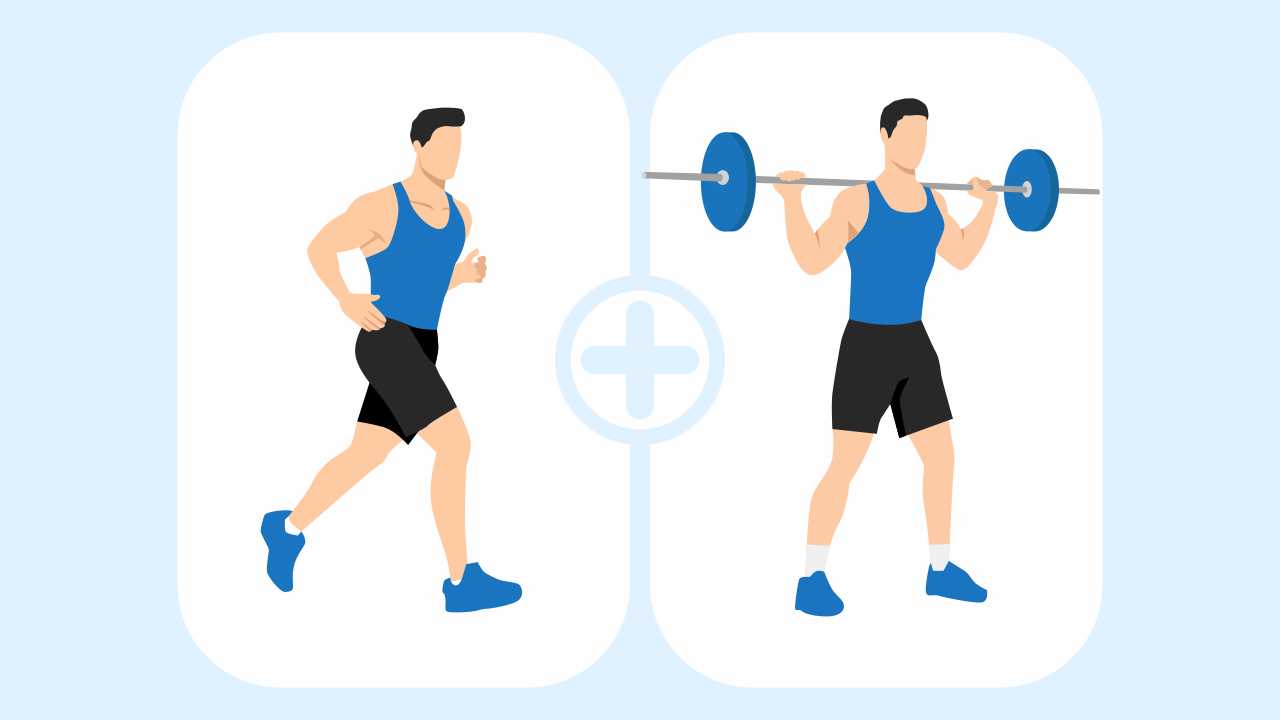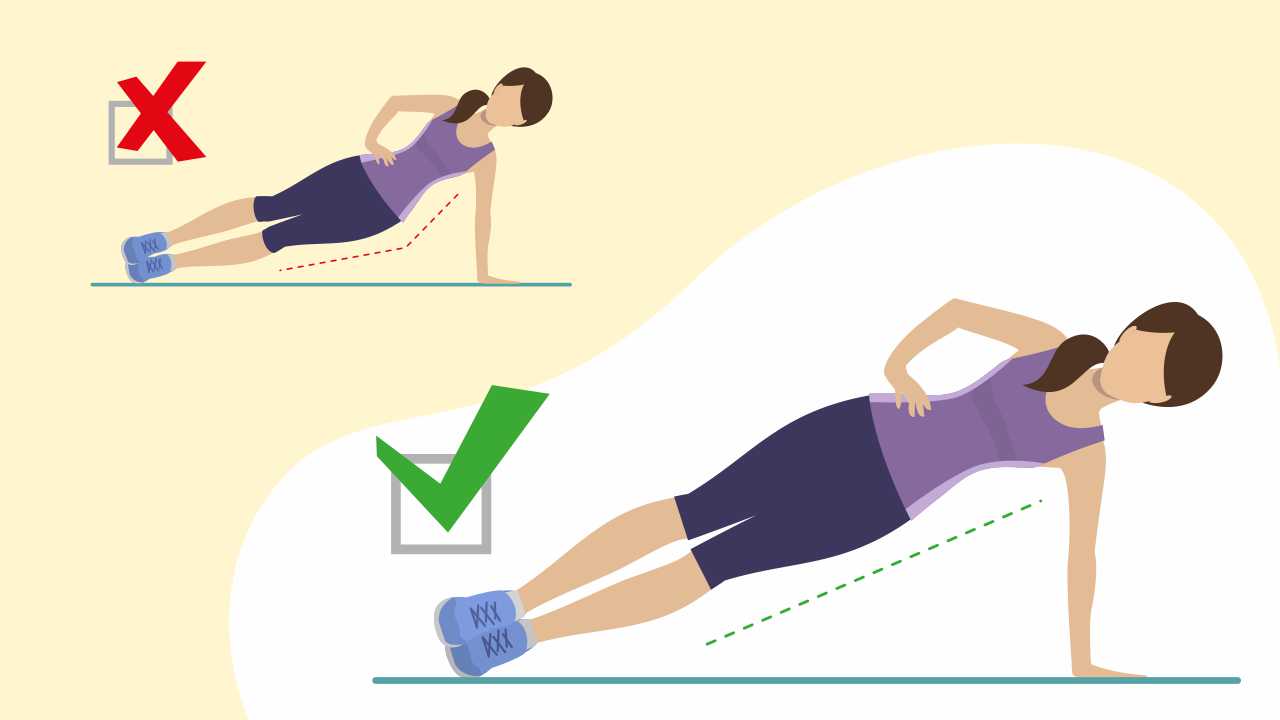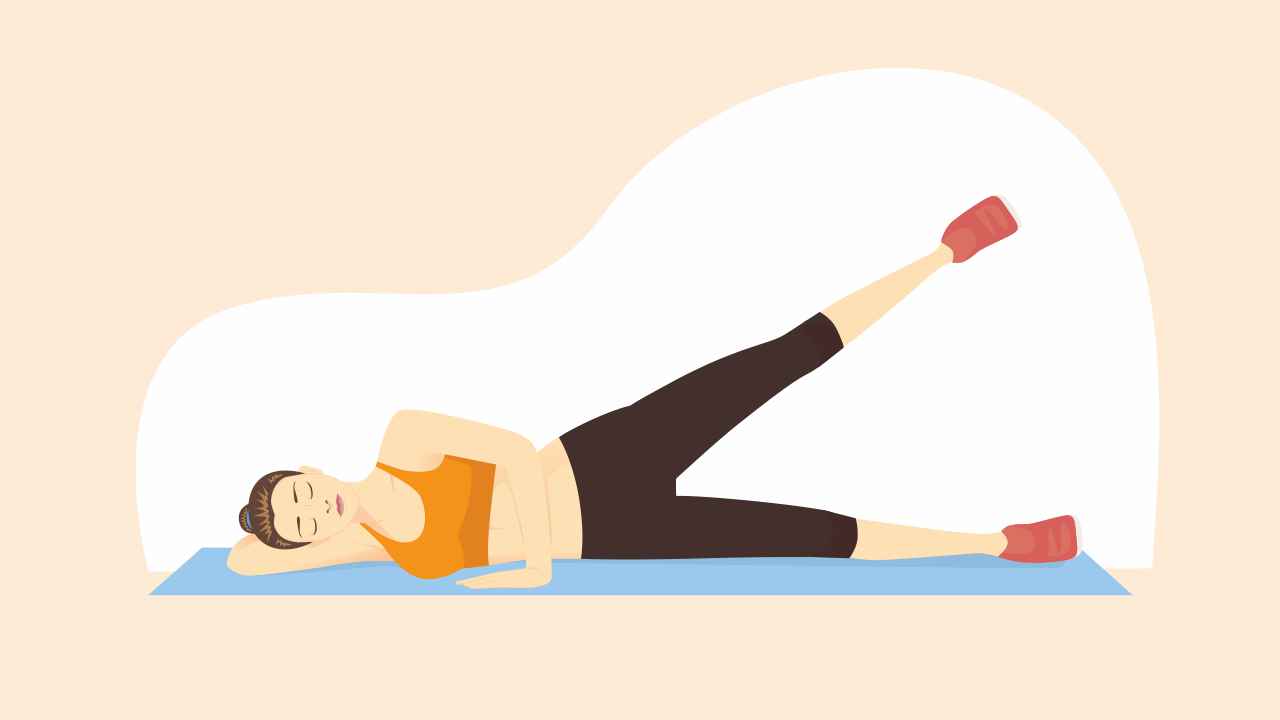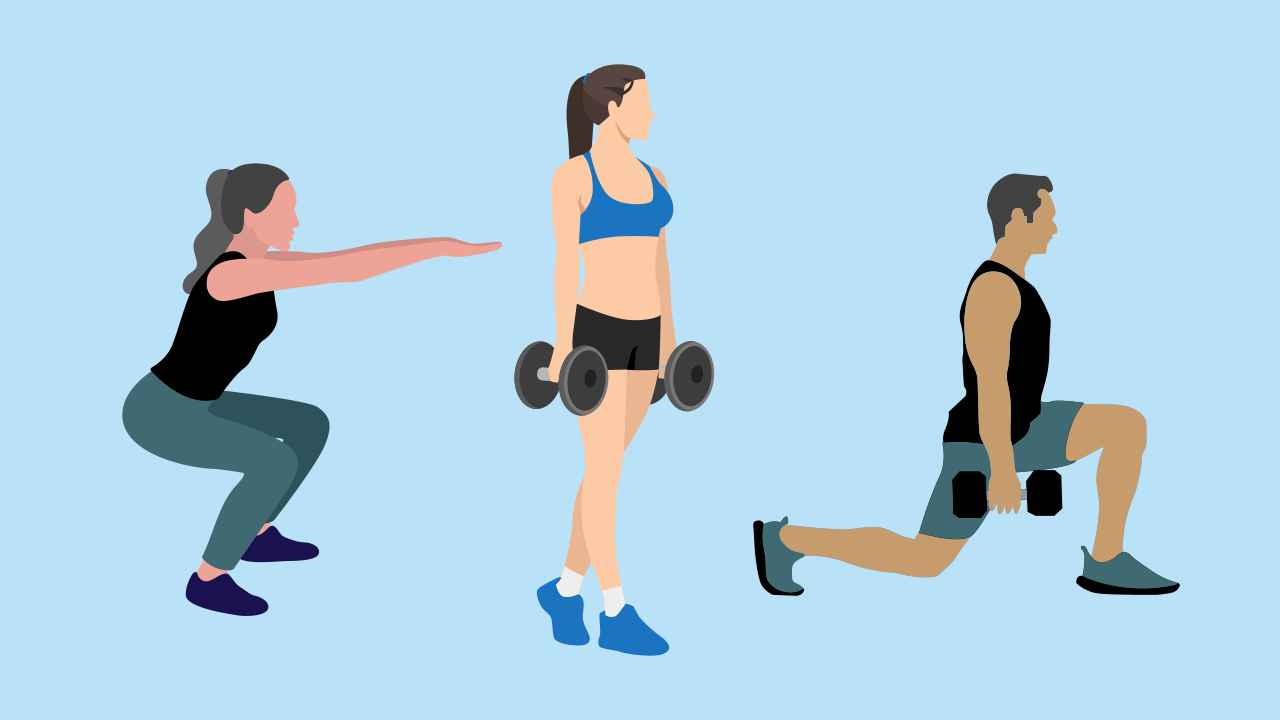
Types of Resistance Bands: How to Choose Right

Resistance bands are a common exercise prop, which provide resistance in order to strengthen or stretch your muscles. It’s an important element of strength training and can help improve your fitness levels and the quality of workouts. The bands come in a variety of shapes, sizes, colors, handles, and loops. Here’s a guide to help you choose the right one.
How should you choose a resistance band?
There are two main criteria on which the choice depends.
- Workout type: Upper body training, lower body training, pull-ups, or rehabilitation
- Difficulty level: beginner to advanced
Types of resistance bands
1. Therapy band

This band is used for rehabilitation of patients recovering from injuries. They have a flat surface, are four-feet long, have no handles, and are very gentle on the body. They help in toning and strengthening the muscles and improving flexibility.
2. Resistance tube band
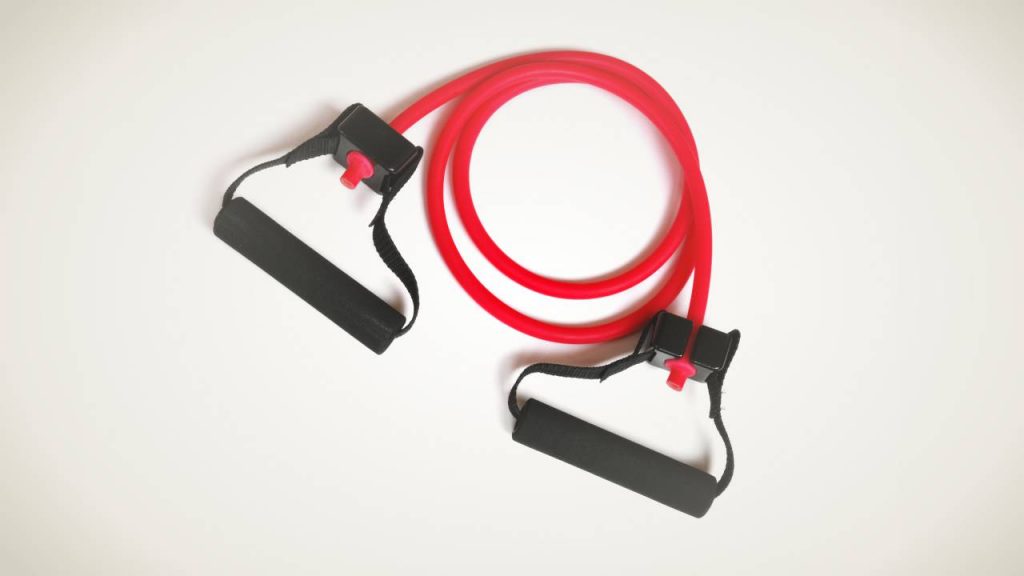
These bands are also known as tube bands or fit tubes and are longer than four feet. They have two plastic handles, and are used to train the upper body, arms, and lower body. You can perform exercises like chest presses, shoulder presses, curls, and back rows. They help in improving the range of motion, build muscle endurance, and burn fat.
3. Mini bands

These bands are also known as fit loop bands. They are flat, form a continuous loop, and are around 10 inches to 12 inches long. They are used to train the lower body and increase its flexibility and strength. These bands help you stabilize and activate your core, glutes, and hip muscles, maintain good form, and increase tension while performing exercises such as squats and hip thrusts.
4. Figure 8 bands

This is a tubular band in the shape of the figure 8 and comes with two plastic handles on both the ends. They are around 20 inches in length. These bands are used to train the upper body, mainly the arms. You can perform exercises like leg raises, shoulder presses and bicep curls.
5. Lateral tube bands
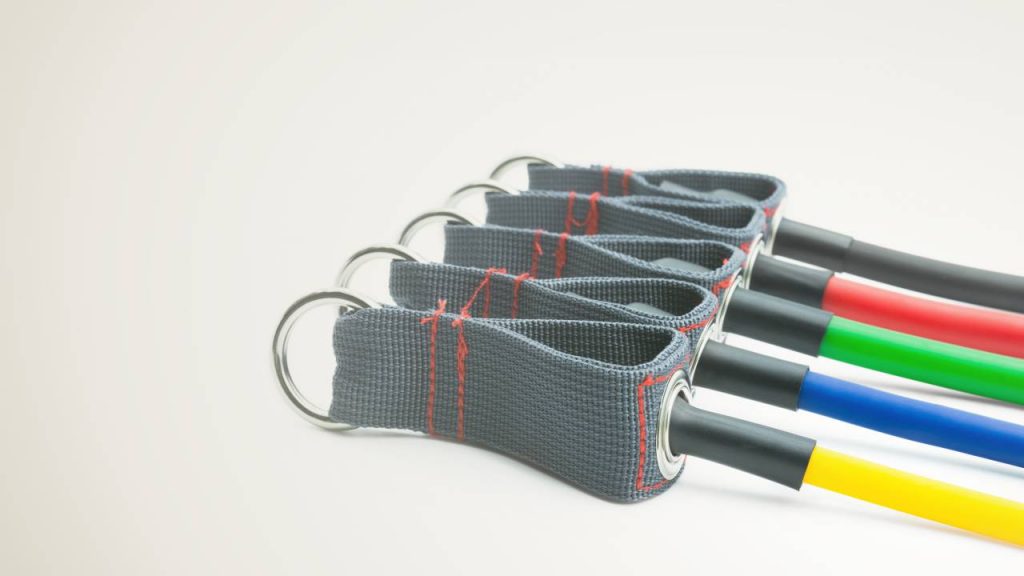
These one-foot long bands have Velcro cuffs at both ends instead of the typical plastic handles. The cuffs are wrapped on the ankle and used to particularly train hips and thighs.
6. Super bands

Pull-up bands assist in doing pull-ups, and are very useful for beginners. This band works best for upper body workout and strengthens the trapezius, biceps, and rhomboids.
Are the colors significant?
Yes, the colors indicate the resistance offered by the band. Depending on the color you can choose the degree of difficulty of the workout. The most common colors offered include the following:
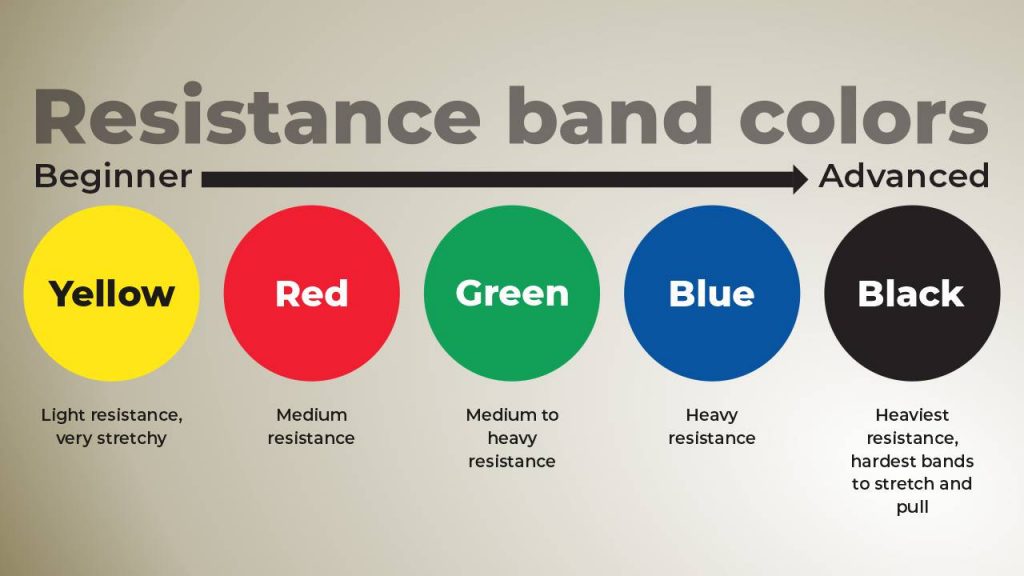
Now that you know the types of resistance bands and the benefits they offer, pick one according to your workout goals. They are very beginner-friendly and easy to use, and should be one more reason to work out every day.
References
1. Paige Waehner. Choosing and Using Resistance Bands. VeryWell Fit. https://www.verywellfit.com/choosing-and-using-resistance-bands-1229709#buying-tips (accessed April 9, 2021).
2. 5 Types Of Resistance Bands & Which Resistance Bands Are The Best? Set for Set. https://www.setforset.com/blogs/news/5-types-of-resistance-bands-which-is-best-to-buy (accessed April 9, 2021).
3. The Definitive Guide to Resistance Bands and Workout Bands. WODFitters. https://www.wodfitters.com/pages/the-definitive-guide-to-resistance-bands-and-workout-bands (accessed April 9, 2021).
4. What Everyone Should Know About Resistance Band Colors. HPFY. https://www.healthproductsforyou.com/ar-what-everyone-should-know-about-resistance-bands-colors.html (accessed April 9, 2021).





